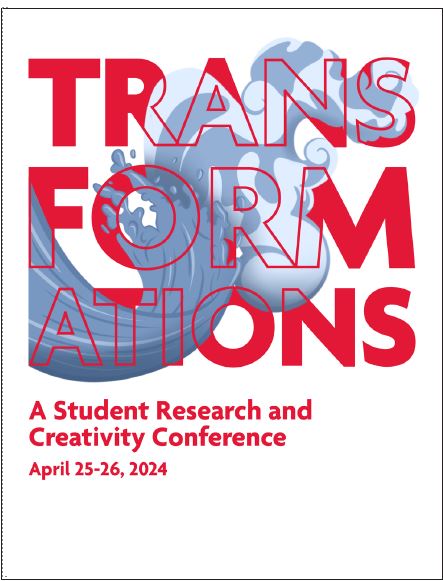Preview

Faculty Mentor
Erik Lind and James F. Hokanson
Creation Date
5-2020
Description
Self-Myofascial Release (SMR) is a massage technique used to treat muscle immobility and pain by stimulating the stretch reflex in muscles using a foam roller. Self-myofascial release or foam rolling has been used extensively as a stretching or warm up technique before or after exercise, yet little research has investigated the effects of SMR on run economy (RE) or running power. The purpose of the present study was to evaluate the effects of SMR on RE and run power during a 5 min steady-state treadmill run. Four healthy female non-runners aged 19-21 years were recruited to participate in a three-session repeated measures experimental protocol. Prior to testing, participants completed PAR-Q health questionnaire and informed consent forms. Maximal oxygen consumption (VO2max) was estimated from heart rate response during a modified Astrand graded exercise treadmill test. Oxygen consumption was measured using open flow indirect calorimetry (Medgraphics Ultima system) and last 30 sec averages were defined as steady state. Control and SMR testing sessions included a 2 min self-selected warm-up, then participants completed 5 min of either a control condition or a 5 min foam rolling protocol, followed by a 5 min run at 70% VO2max, and a cool-down. Results from a pilot study showed that the steady-state VO2 engaging in the SMR protocol was 25.38 ± 0.80 ml O2 Ÿ kg-1 Ÿ min -1 and control condition was 25.11 ± 0.64 ml O2 Ÿ kg-1 Ÿ min -1. Average running power was 38.57 ± 11.6 and 45.70 ± 2.9 Watts for SMR and control, respectively. Qualitative measures of rate of perceived exertion (RPE), positive well-being and psychological distress were also evaluated and showed a trend for less fatigue scores with SMR.
Keywords
Download Medium Thumbnail PLUMX METRICS KEYWORDS Self-Myofascial Release (SMR), Run Economy, Run Power, Transformations


